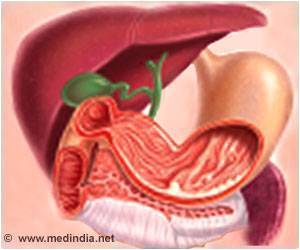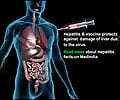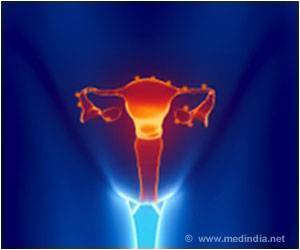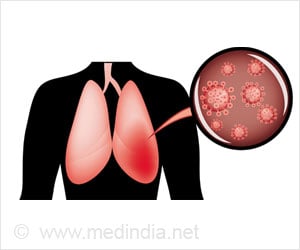Researchers have created the first mouse model demonstrating the role of a cancer promoting gene, Astrocyte elevated gene-1 (AEG-1, in liver cancer.

AEG-1 was originally cloned in the lab of the study's co-author, Paul B. Fisher, M.Ph., Ph.D., Thelma Newmeyer Corman Endowed Chair in Oncology Research and program co-leader of Cancer Molecular Genetics at Massey, professor and chair of the Department of Human and Molecular Genetics and director of VIMM.
"My colleagues and I have been researching the role of AEG-1 in cancer development for several years and have shown it is linked to a diverse array of cancers, including liver cancer," Devanand Sarkar, from the Virginia Commonwealth University (VCU) School of Medicine, said.
"This mouse model represents a breakthrough in our ability to test and translate our laboratory findings," he said.
The mouse model gave the researchers a deeper understanding of the role of AEG-1 in liver cancer.
Sarkar and his team confirmed AEG-1 overexpression significantly accelerated the progression of liver cancer. It also caused steatosis, or fatty liver, a mechanism that promotes inflammation and cancer progression.
Advertisement
The study has been published in the journal Hepatology.















